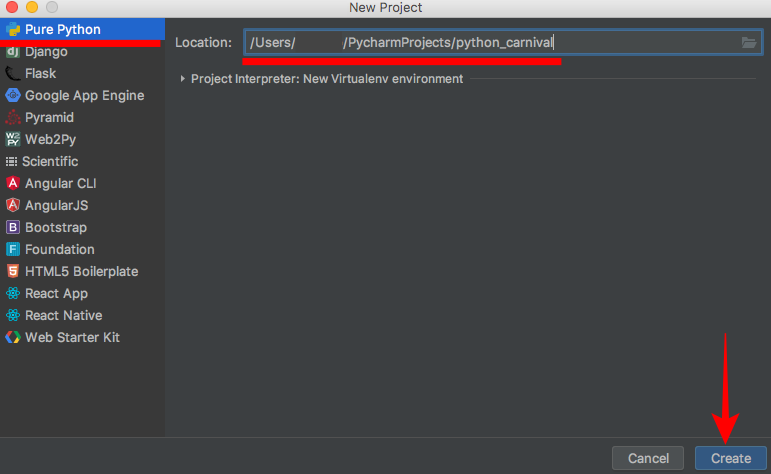

Next, we will configure Databricks Connect so we can runĬode in P圜harm and have it sent to our cluster.

Open command prompt (in search type `cmd`).If you do not already have P圜harm, install from P圜harm Downloads page.Have the Spark actions send out to the cluster, with no need to install Sparkĭescribe the key steps to get Azure Databricks, Databricks Connect, and P圜harm You can work in an IDE you are familiar with but With your normal IDE features like auto complete, linting, and debugging. It allows you to develop from your computer You can import the library (Python, R, Scala, Java). I am pleased to share with you a new, improved way ofĭeveloping for Azure Databricks from your IDE – DatabricksĬlient library to run large scale Spark jobs on your Databricks cluster from anywhere Getting to a streamlined process ofĭeveloping in P圜harm and submitting the code to a Spark cluster for testingĬan be a challenge and I have been searching for better options for years.

Use P圜harm or another IDE (Integrated Development Environment). Team of people that will go through many versions, many developers will prefer to But, when developing a large project with a Notebooks are useful for many things andĪzure Databricks even lets you schedule them as jobs. If you have tried out tutorials forĭatabricks you likely created a notebook, pasted some Spark code from theĮxample, and the example ran across a Spark cluster as if it were magic. Other Azure components such as Azure Data Lake Storage and Azure SQL Database. That make deploying and maintaining a cluster easier, including integration to Power of Spark’s distributed data processing capabilities with many features Azure Databricks is a powerful platform for data pipelines


 0 kommentar(er)
0 kommentar(er)
